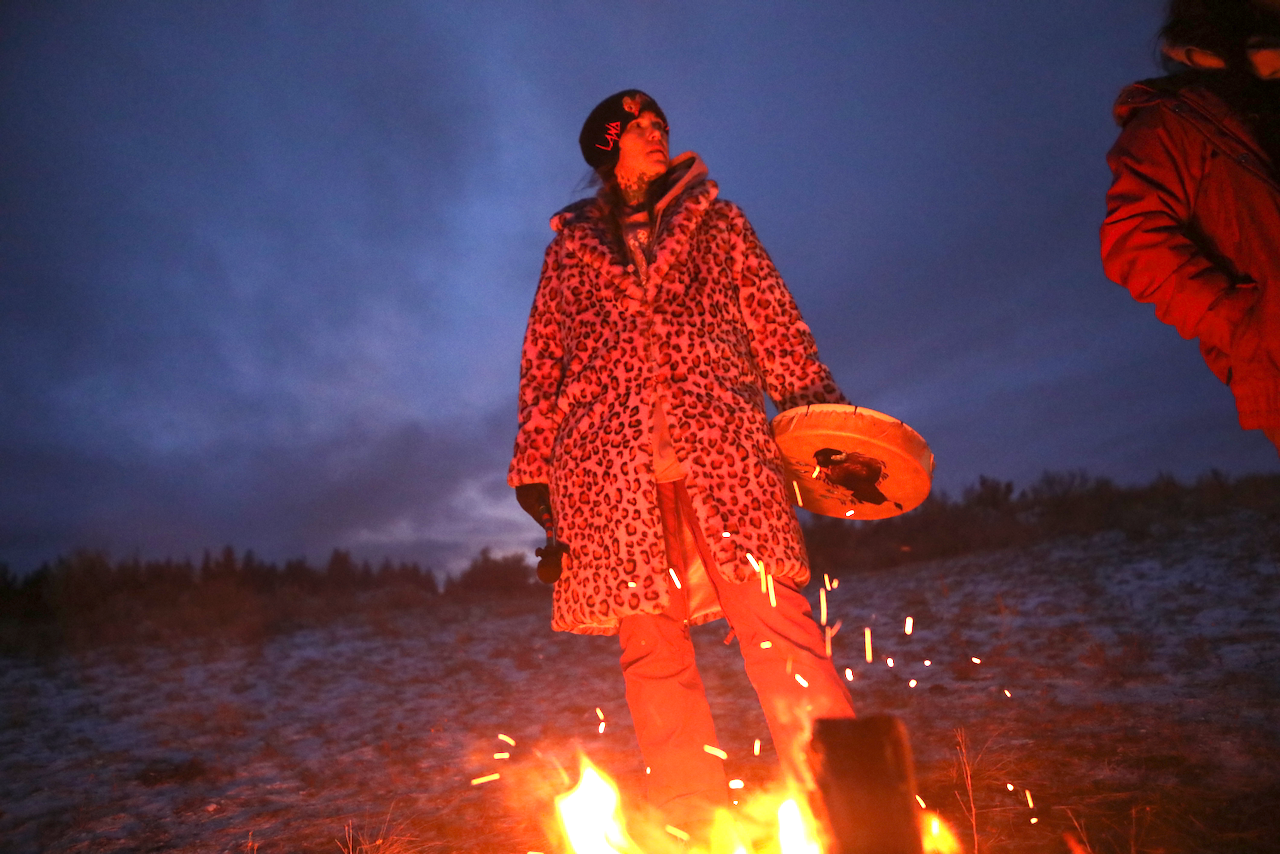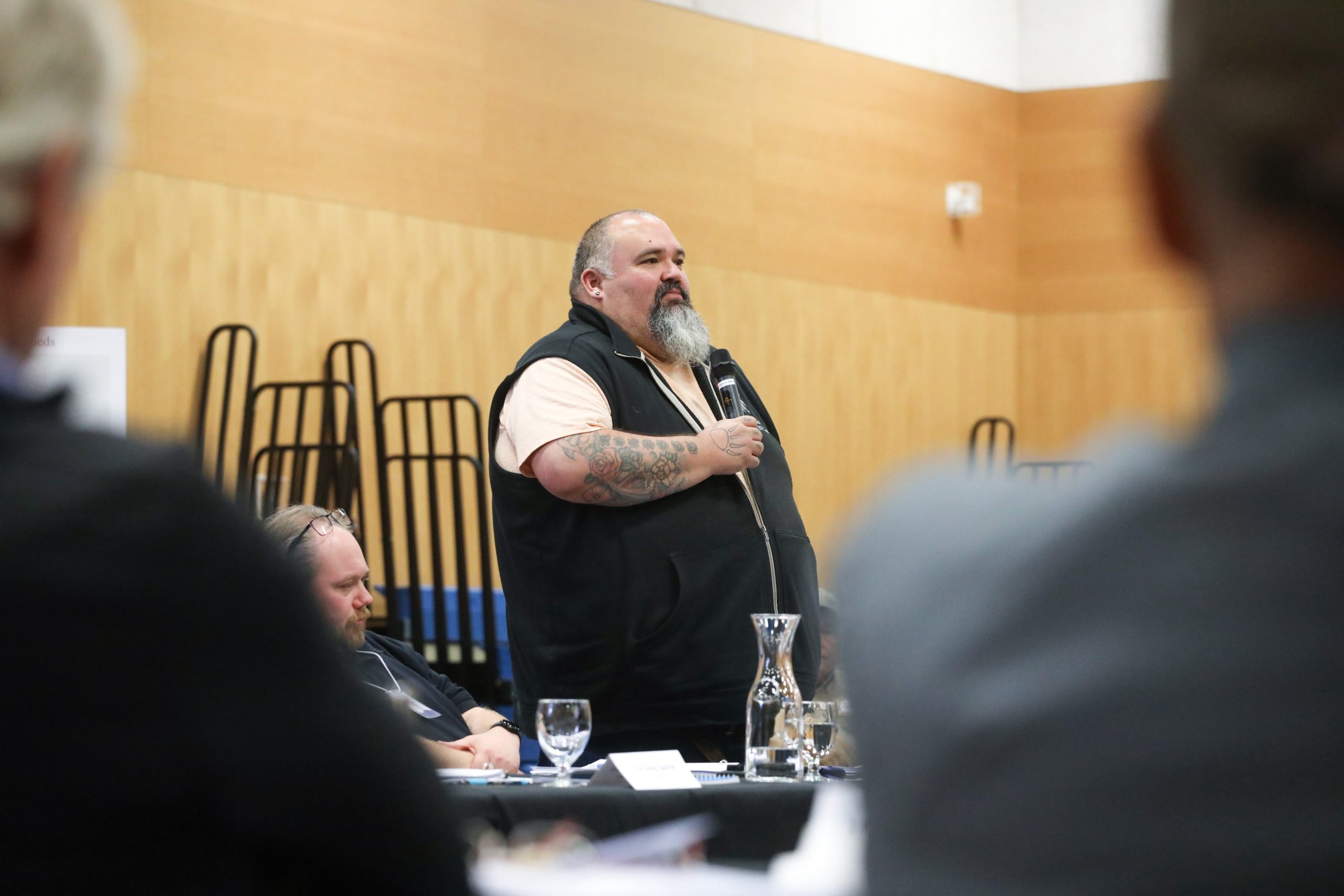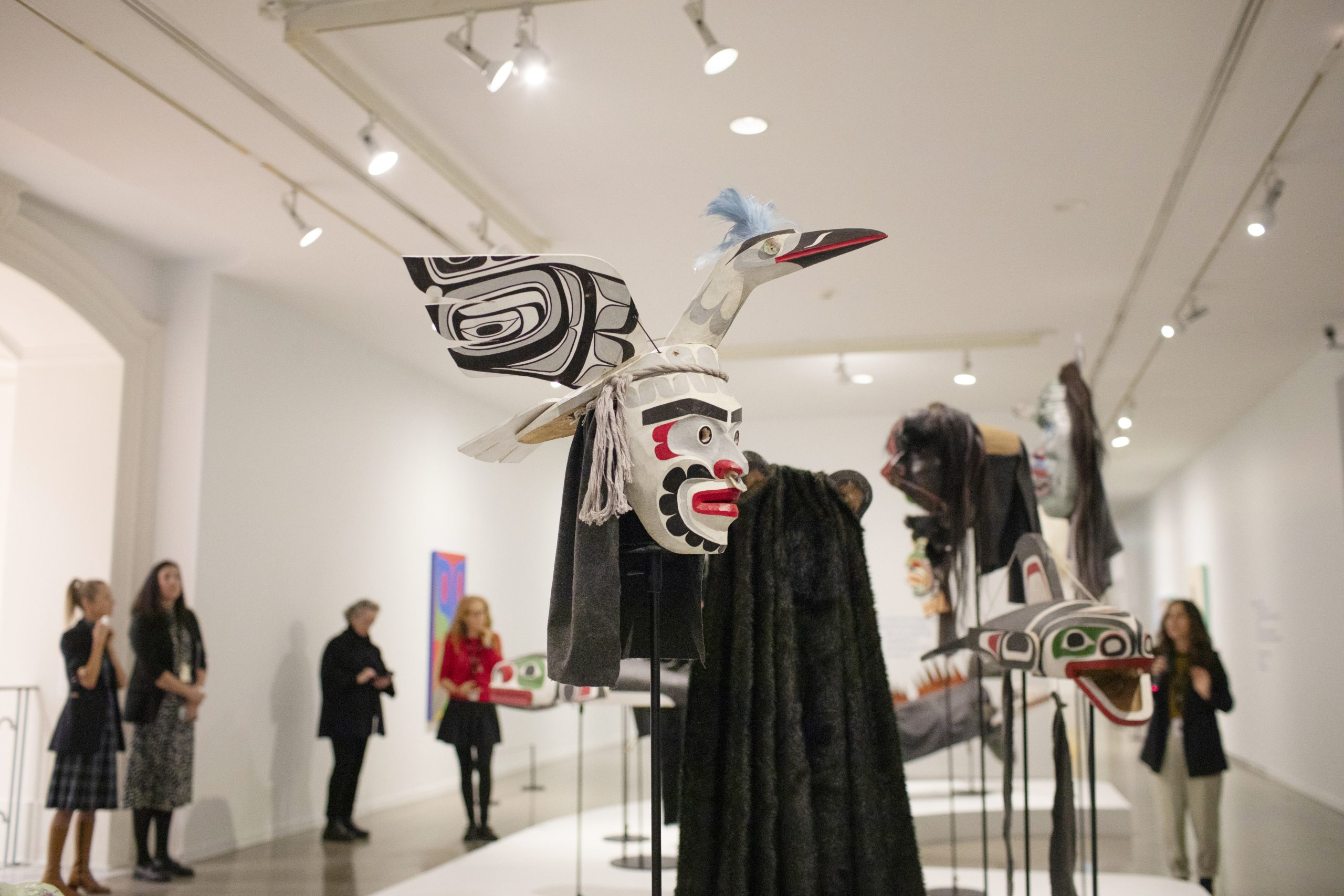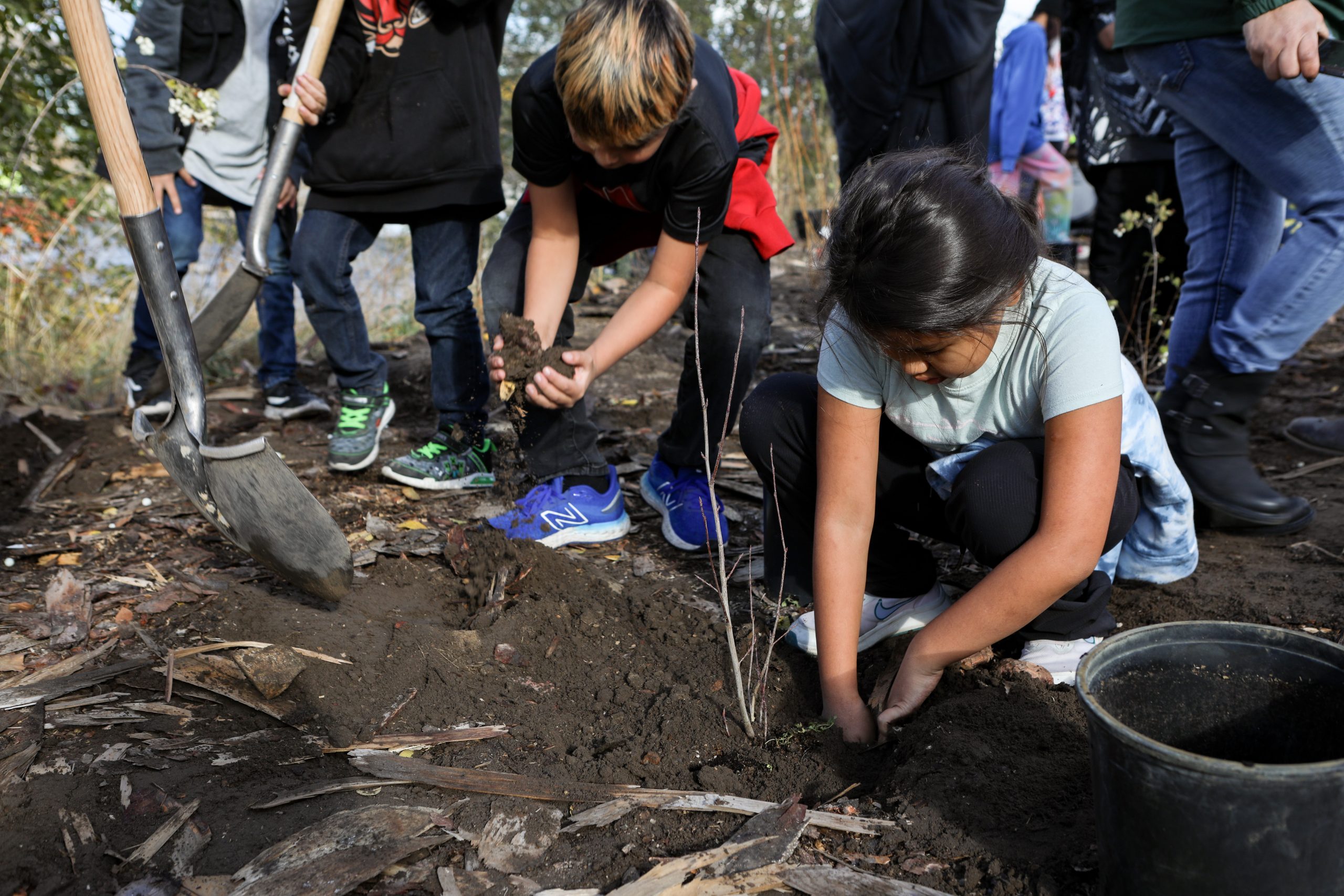Syilx boards cradle babies in ‘presence of generations of ancestors’
Greg Barry keeps the practice of her family alive with her baby board business

When Greg Barry, a Syilx woman, carefully and intentionally selects the items and materials she needs to create a baby board — it’s a sign that a new life is on it’s way.
Baby boards, also known as cradleboards, are common throughout various Indigenous cultures, with varying forms and practices. Cradle Boards are typically made from fabric, traditional buckskin, red willow boughs and thin board. The baby is then secured by the board through the lace-up front.
Often it takes Barry up to four days of full work to create a basket for a newborn or infant up to four months. She spends time to show those she works with different styles, designs and beadwork that could be added, covering every detail with the expecting family.
“It holds a deep sense of culture and tradition that you can feel when a baby is in their board,” says Barry.
“You can almost feel the presence of generations of ancestors when you see how peacefully content your baby is.”
Barry has made more than 15 boards, however, the process is a long one and requires time to select all the items with intention and add the fine details. Barry has a business, Cradleboard Designs, where she makes a range of art as well as cradleboards.
“There actually is a big demand for boards. People are using them more and more. It’s so amazing to see people bringing back this beautiful custom,” Barry says.
She learned to make her first board when she was preparing for the birth of her daughter.
“We grew up in baby boards, and I knew that I wanted to carry on this tradition with my kids,” she says.
“My mom and my sister came to visit me and my mom brought an old board from a family member so we could see how it was all put together. We all worked together to make my daughter’s board.”
Barry fondly remembers the stories shared with her about how her family utilized the baby boards growing up. When learning to make the board, she says she listened closely to the women who were sharing teachings with her.
“My grandma also told me that people said that babies are put in their board so they will have a strong posture,” says Barry.
“I remember people used to say that my grandpa was in his board well after he learned to walk and his feet would hang out the bottom. They said that is why he had such a good posture when he got older.”
The teachings around making boards can vary from family to family, and the process also changes. For Barry, it’s not about a ‘sale,’but about being part of a new life joining the world.




“It feels almost like an intimacy you share when you give someone a board,” she says. “It’s not really a ‘sale’ transaction.”
It fills her heart to see that this practice is continuing to grow, she continues — and to see the different practices and methods used by other families has been a beautiful thing.
In the future, she hopes to share her knowledge so that she can continue to see a resurgence of the family practice through workshops, taking on more baby board projects, and seeing the practice flourish.
Ultimately Barry wants “to be able to contribute in my way, to the rebirth of our traditions.”
“I truly do love doing this. Many parts of revitalization of culture are actually hard to accomplish – and I feel that since I can do this – it’s an easy thing I can do to help in this revitalization.”
Author
Latest Stories
-
‘Bring her home’: How Buffalo Woman was identified as Ashlee Shingoose
The Anishininew mother as been missing since 2022 — now, her family is one step closer to bringing her home as the Province of Manitoba vows to search for her
-
Will you help us tend to the fire?
IndigiNews is launching a fundraising campaign to support our storytelling into 2026












